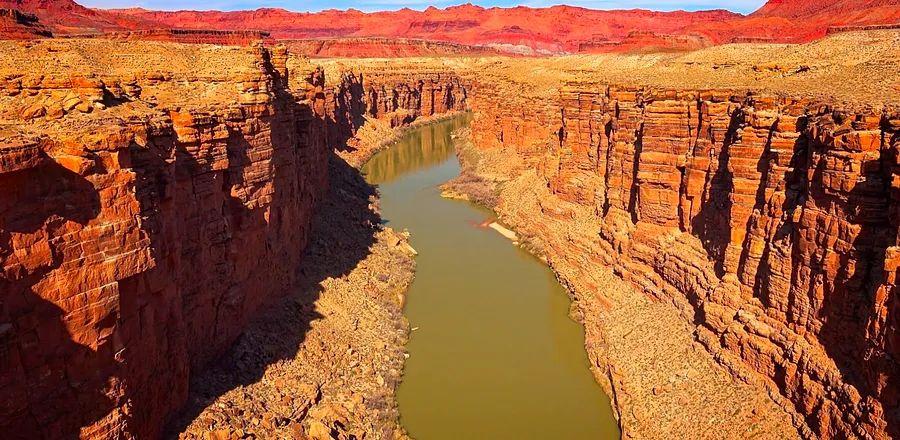The U.S. has welcomed a new National Monument near the Grand Canyon—here’s what you need to know.

The nearly 1 million acres surrounding Grand Canyon National Park feature a varied landscape with deep canyons and steep buttes, ecosystems ranging from savannah to sagebrush, and a rich array of wildlife including bighorn sheep, bison, peregrine falcons, and the endangered California condor. Additionally, over 3,000 Indigenous cultural sites exist here, such as Gray Mountain (known as Dzilbeeh to the Navajo), which is significant in ceremonial narratives, and Red Butte (referred to as Wii’i Gdwiisa by the Havasupai), regarded as the sacred origin of their people.
Baaj Nwaavjo I’tah Kukveni National Monument
As of August 8, the area is now the newest national monument in the United States: Baaj Nwaavjo I’tah Kukveni encompasses three unique regions located to the south, northeast, and northwest of the national park, safeguarding approximately 1,562 square miles of cultural and sacred sites, diverse flora and fauna, and waterways that feed into the Colorado River from potential uranium mining. The monument’s name derives from the Havasupai term for “where tribes roam” (Baaj Nwaavjo) and the Hopi expression for “our footprints” (I’tah Kukveni). Management will be handled by the Bureau of Land Management and the Forest Service.

Shutterstock
For many years, tribes and environmental advocacy groups have urged the government to provide permanent protection for this area. Tribes emphasize its cultural importance, while environmentalists highlight the potential harm uranium mining could inflict on the Colorado River watershed. In 2012, President Obama implemented a moratorium against new uranium mining in the region, set to expire in 2032. However, President Biden’s recent designation will ensure the land remains protected indefinitely.
In a press call, U.S. Interior Secretary Deb Haaland, the first Indigenous person to serve in this role, stated that the new designation “will help ensure that Indigenous communities can continue utilizing these lands for religious ceremonies, hunting, and gathering plants, medicines, and other materials that are unique to this area. It will safeguard historically and scientifically significant objects for the benefit of tribes, the public, and future generations.”
The latest addition to a series of new national monuments—with more expected to follow.
Baaj Nwaavjo I’tah Kukveni is the fifth new national monument designated during Biden's presidency, following last month’s sites commemorating the civil rights legacy of Emmett Till and his mother, Mamie Till-Mobley, which include Roberts Temple Church of God in Christ in Chicago (where Till’s funeral took place), Graball Landing in Mississippi (the location where Till’s body was discovered), and the Tallahatchie County Second District Courthouse in Mississippi (where Till’s murderers were acquitted by an all-white jury).
Prior to this, the administration designated protections for Colorado’s Camp Hale, associated with the U.S. Army’s 10th Mountain Division that played a role in liberating Europe during World War II; the Castner Range, a 6,672-acre wilderness on a former weapons testing site in West Texas; and Avi Kwa Ame National Monument, a biologically rich area of the Mojave Desert in southern Nevada regarded as the creation site for several local tribes. Biden has also restored protections for Bear Ears National Monument and Grand Staircase–Escalante National Monument in Utah, ancestral lands of various tribes, which had their protections rolled back by President Trump to facilitate mining.
In a statement, Biden remarked that the designation “supports conservation efforts led by tribes and addresses historical injustices, including the forced removal of Tribes from lands that later became Grand Canyon National Park.”
Establishing a national monument is a unilateral action presidents can take (granted under the Antiquities Act of 1906), unlike national parks, which require Congressional approval. This is the quickest method for land to gain federal protection. Each monument brings Biden closer to his “America the Beautiful Initiative” aim of conserving or restoring 30 percent of U.S. land by 2030. Despite the addition of nearly 1 million acres, only 13 percent of all U.S. land is federally protected, indicating that Biden will likely consider many more monuments in the upcoming months and years.

1

2

3

4

5
Evaluation :
5/5